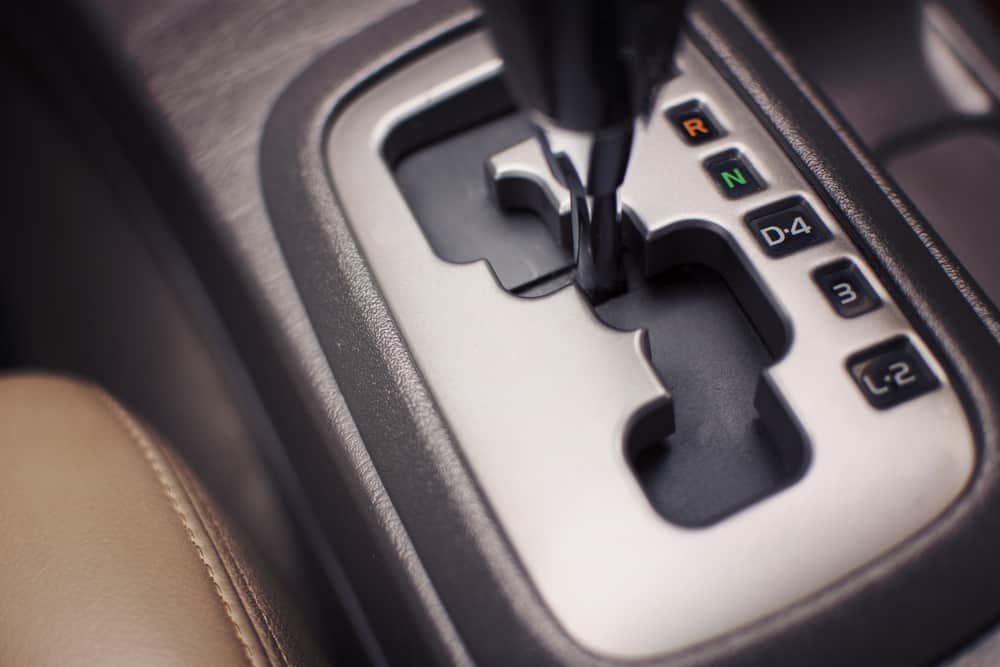Have you ever found yourself in a situation where your car battery is dead and you need to push your car out of a tight parking spot or onto a tow truck, but you can’t shift it into neutral? It can be frustrating and time-consuming, but don’t worry, we’ve got you covered. In this article, we’ll explain how to put a dead car in neutral, step-by-step.
Locate the Gear Shift
The first step is to locate the gear shift. This is typically located in the center console of your car, between the two front seats. Depending on your car’s make and model, the gear shift may look different. Some cars have a traditional gear shifter, while others have a button or a dial.
Check the Owner’s Manual
If you’re not sure where the gear shift is located, or how to put your car into neutral, check the owner’s manual. This is the best place to find information specific to your car’s make and model.
Engage the Brake
Before you attempt to shift your car into neutral, make sure to engage the brake. This will prevent the car from rolling away while you’re working on it.
Use the Shift Lock Release
Some cars have a shift lock release button or lever that you need to engage before you can shift the car into neutral. This is a safety feature that prevents the car from being shifted out of park without first pressing the brake pedal. Look for a small button or lever near the gear shift, and press or pull it while you’re pressing the brake pedal.
Shift into Neutral
Once the shift lock release is engaged, or if your car doesn’t have one, you can shift the car into neutral. Depending on your car’s make and model, this may involve moving the gear shifter to the left or right, or pushing it forward or backward.
Release the Brake
Once the car is in neutral, you can release the brake and begin pushing it or towing it.
Tips and Tricks
- If your car has a push-button start, you may need to hold down the brake pedal while pressing the start button to activate the shift lock release.
- If you’re unable to engage the shift lock release, try turning the key to the “on” position without starting the car. This may allow you to shift the car into neutral.
- If you’re pushing your car out of a parking spot, be sure to have someone in the driver’s seat to steer and apply the brake if necessary.
- If you’re towing your car, make sure to follow all applicable laws and regulations in your area.
FAQs
Why can’t I shift my car into neutral?
If you’re unable to shift your car into neutral, it could be due to a malfunctioning shift lock release, a damaged gear shifter, or a mechanical issue with the transmission. If you’re unsure of the cause, it’s best to contact a professional mechanic.
Can I push or tow my car if it’s in park?
No, it’s not safe to push or tow a car that’s in park. This could damage the transmission and cause costly repairs.
Can I shift my car into neutral if the battery is dead?
Yes, you can still shift your car into neutral even if the battery is dead. However, if you’re trying to start the car, a dead battery will prevent the engine from turning over.
Conclusion
Knowing how to put a dead car in neutral can be a lifesaver in certain situations. By following these step-by-step instructions and tips, you can safely shift yourcar into neutral and move it as needed. Remember to always engage the brake and follow all applicable laws and regulations when pushing or towing your car.
